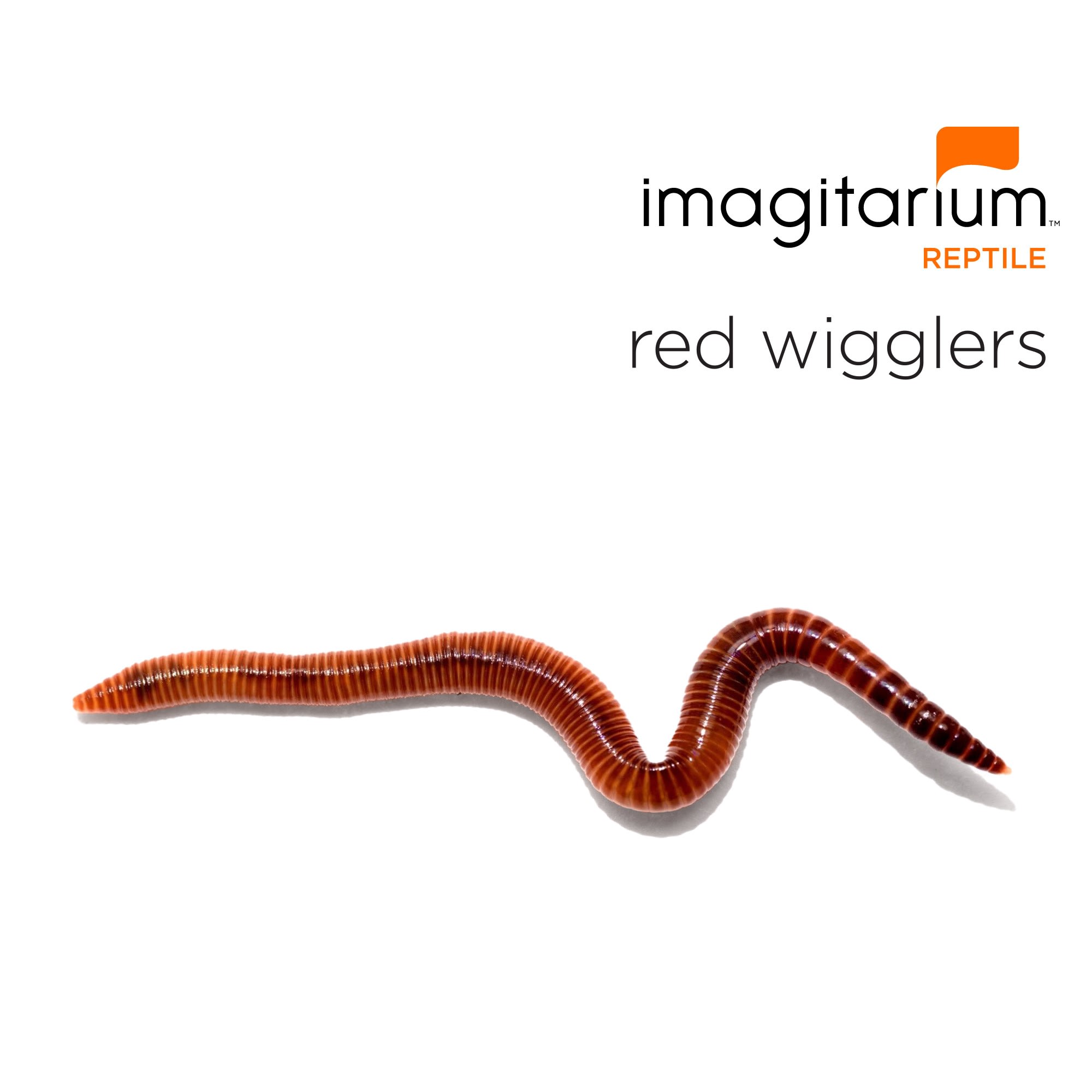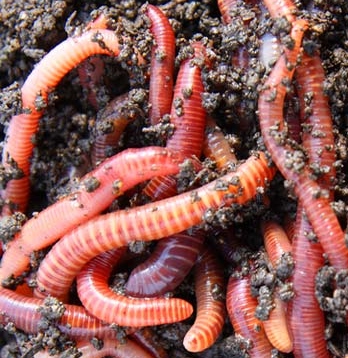Little Known Facts About Red Wiggler Express.
Little Known Facts About Red Wiggler Express.
Blog Article
The Best Guide To Red Wiggler Express
Table of ContentsHow Red Wiggler Express can Save You Time, Stress, and Money.10 Simple Techniques For Red Wiggler ExpressFacts About Red Wiggler Express Revealed7 Easy Facts About Red Wiggler Express DescribedThe Only Guide for Red Wiggler Express
It's secure to claim this things would certainly have been fantastic to include as a to vermicomposting systems! And the growing Red Worm population? It just never occurred. Even in the heap that was established straight before yard composters with existing Red Worm nests. Yet these nutritionally-boosted timber chip environments are absolutely packed with Lumbricus sp.
Several ranges, consisting of Red Wigglers, European Nightcrawlers, and Lumbricus varieties were brought over from the European continent. However below's the thingNative or otherwise - and as talented as they go to having the ability to survive in a wide-range of settings and conditions -. In various other words, they are much more most likely to hang around in any kind of active composting systems you have actually established, than they are to wander off and begin wrecking the setting.
Origins call for oxygen for respiration and count on smooth airflow within the dirt to thrive. When it rains, dirt can become saturated with water, lowering the oxygen readily available and impeding vitamins and mineral absorption. To keep an optimal equilibrium, the soil must allow water to drain sufficiently, leaving sufficient space for air to support root wellness
Red Wiggler Express - Truths

When it comes to worms for composting, what comes to mind? If you were an earthworm breeder, supplier, or plain gardener, then you would certainly recognize that red wiggler worms are the optimal worms for vermicomposting. To get more information about these earth wonders, gone through several of the red worm truths below.
(http://ifidir.com/Red-Wiggler-Express_413119.html)If they stretch their bodies, you'll be able to see the stripes on their skin. When increasing worms such as red wiggler worms, you ought to be able to know how to profit them. When you're able to preserve and look after their environment well, and additionally feed them the right kinds of natural wastes, after that they'll have the ability to create nutrient-packed and quality-rich worm spreadings for you (likewise understood as worm poop or compost).
Not known Facts About Red Wiggler Express
What do worms consume? Well, these red wriggler worms can be fed with kitchen scraps and yard wastes.

This actions makes them fit forever in worm containers, compost piles, and other restricted areas where natural waste is bountiful. Developing an optimal setting for red wigglers calls for a thoughtful approach. Consider the complying with necessary components to look after red wigglers at home and ensure their well-being: Utilize a bed linen of shredded newspaper or cardboard.

Red wiggler worms reproduce by laying little, lemon-shaped eggs in safety cocoons. These cocoons are generally transferred in the bed linen and hatch into child worms within a couple of weeks.
Red Wiggler Express for Beginners
Their adaptability and strength have made them a preferred option for vermicomposting in various areas around the world. Yes! They can endure from a range of 32F to 90F. They are extremely adaptable critters. Think about protective actions for really severe temperature levels such as: Insulating the worm bin with layers of straw or leaves.

Just bear in mind - you can constantly add even more food later on (but it's tough to get rid of feed once it's been added to a bin!).
Due to the fact that I fed the red wigglers and garden compost worms way too much, they weren't able to maintain and in time the older food went uneaten and developed anaerobic conditions that killed the worms. Fortunately is that there are very simple activities you can take to guarantee this doesn't happen! Right here're the 6 golden regulations for just how usually and just how much to feed your worms: Guideline # 1: Small amounts! You can constantly add even more food later on.
Red Wiggler Express Fundamentals Explained
Leftover food will certainly lead to anaerobic problems that will certainly eliminate your real-time worms. Rule # 6: After the first feeding, feed the worms 1/3 to 1/2 of their weight.
Report this page